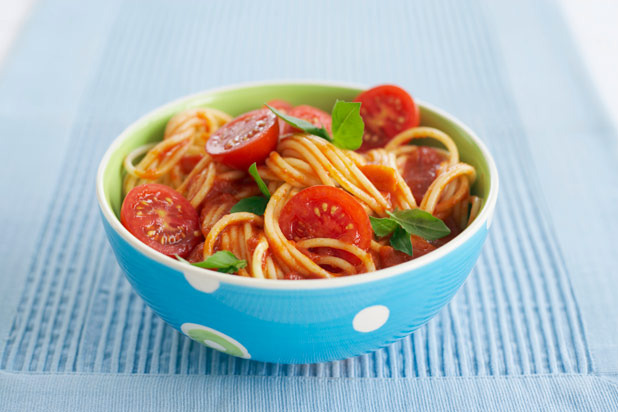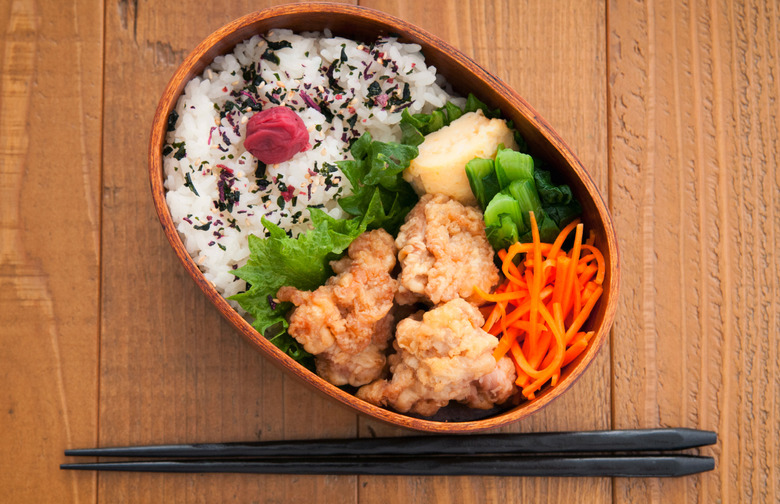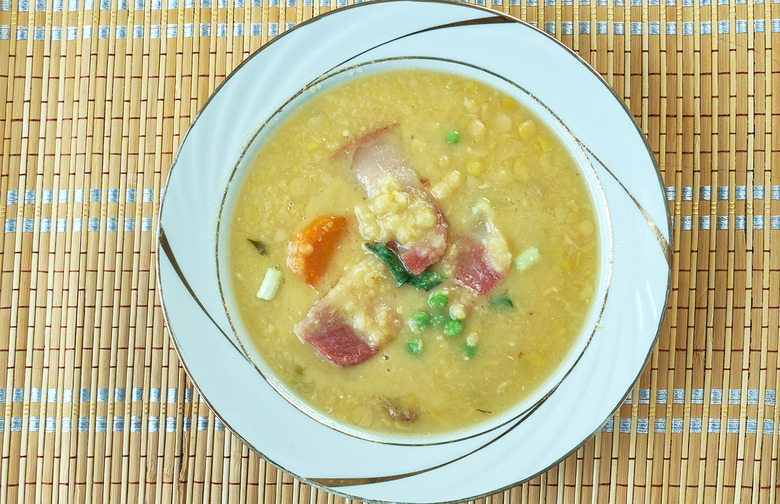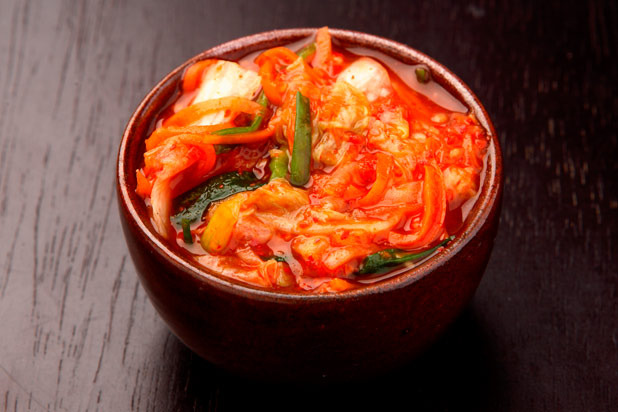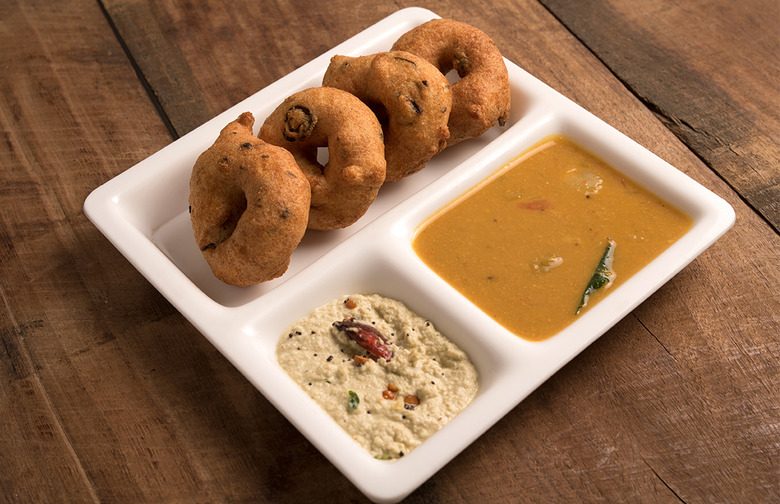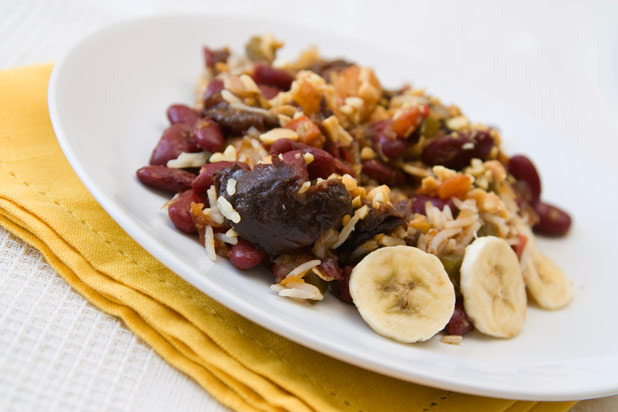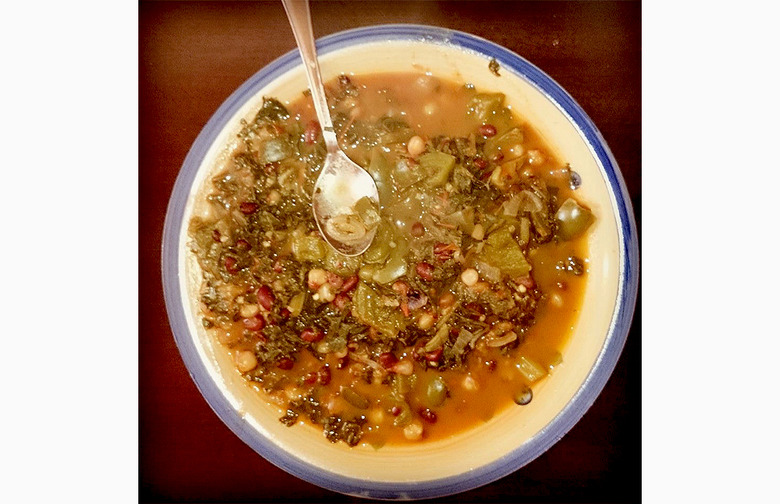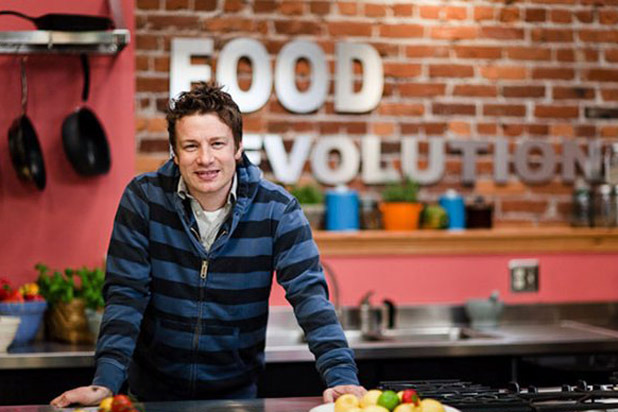School Lunches Around The World (Slideshow)
Italy is famous for its naturally flavored rich dishes, and Italian students get to enjoy the best of sustainable food, with most organic ingredients locally sourced. The focus is primarily on carbs, usually pasta or risotto, and a fresh serving of salad, with meat and fish featuring on the menu several times a week, though not daily. In addition to enjoying a nice meal, students also learn about sustainable farming and organic foods in school.
Japan
Traditional Japanese school lunches, known as kyuushoku, are very healthy, with rice, fish (usually grilled), and vegetables and the occasional appearance of tofu and nori (seaweed) making up the bulk of the school lunch, complemented by fruits and a carton or glass of soymilk. Bento boxes are common in both schools and offices, consisting of a box split into perfect portions of nutritious lunch components. Occasionally, schools also serve Western-style lunch options.
Finland
Finland was the first country in the world to serve school lunches for free, and offering healthy lunches is considered a major priority. Some schools even offer vegetarian options for those who choose not to eat meat, and other special-diet meals such as gluten or dairy-free food — all for free. Lunch serving guidelines, established in the 1990s, specify the proportions of vegetables, proteins, and starch to be served. A favorite among school lunches is hernekeitto, a green pea soup flavored with smoked pork, traditionally served on Thursdays with a dessert of pancakes. In Finland, kids (and adults) also often drink milk with their school lunch.
South Korea
Sectioned steel trays in schools in South Korea are filled in a specific way, with the larger sections traditionally composed of rice, picked kimchi (fermented cabbage), and soup, and the smaller sections holding vegetables and meat.
India
While lunch at cafeterias is not common among schools in India, students do bring their own homemade lunch boxes, mainly consisting of roti, a leafy vegetable, and curried lentils and rice — a balanced and relatively healthy meal. Unfortunately, this is offset by some school cafeterias that often serve tempting snacks such as batatavada (round deep-fried potato and crumbs) and medhu vada (donut-shaped fried grain and lentil mixture), which are popular among students.
Brazil
With a variety of beans native to South America, it is no surprise that legumes feature heavily on Brazilian school lunch menus. Like in Italy, there is a focus on sustainable farming and serving local produce, with the beans often accompanied by locally sourced greens and fruits (such as bananas).
Kenya
Lentils and beans often provide a good alternative protein source, and githeri, a Kenyan staple, is served in schools around Kenya. Githeri is a stewed mixture of dried beans and maize and is served in large bowls to students. In some cases, the mixture also gains additional nutritional value from meats, greens, and potatoes added in.
United Kingdom
Before Jamie Oliver went to the United States to tackle the issue of school lunches, he fought the issue in his native United Kingdom, successfully bringing major reforms. Macronutrients are now taken into consideration, and while deep-fried items are still allowed, they're limited to twice a week. Fizzy drinks, chocolate, or sweets in vending machines are banned in some U.K. schools, and students instead enjoy healthy servings of corn or peas, rice, potato or bread, and any lean protein, such as fish or lean meat.
